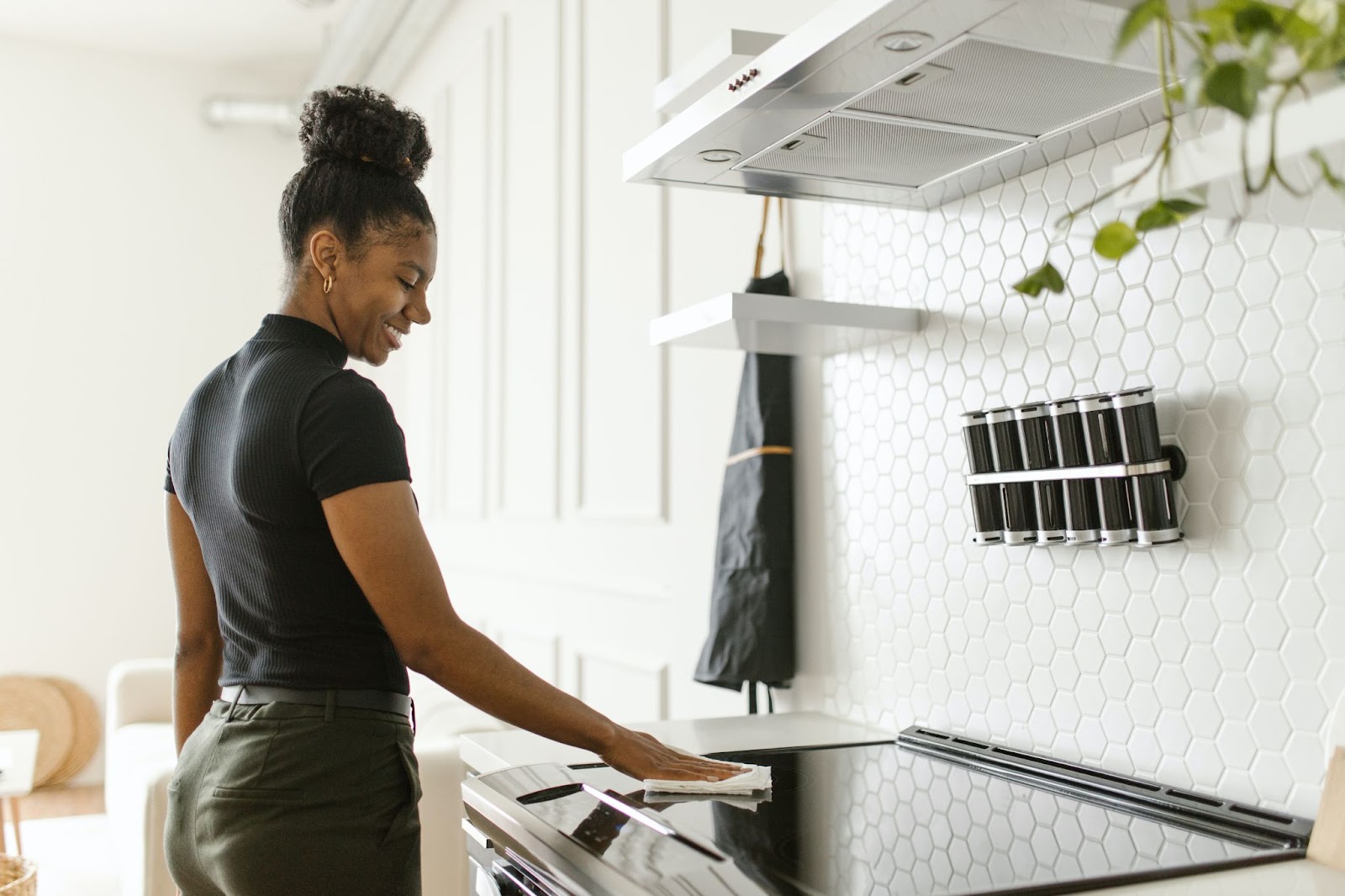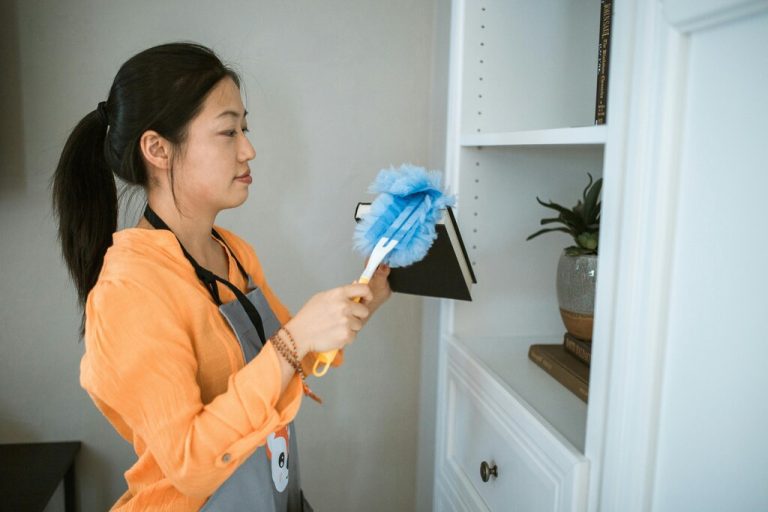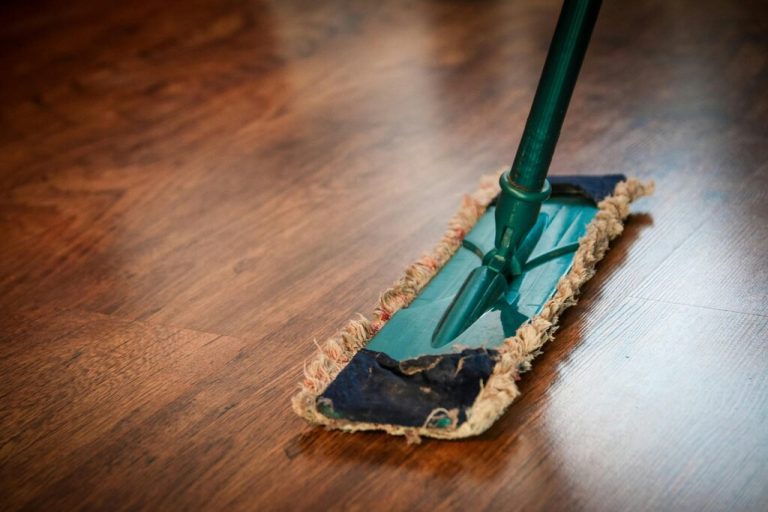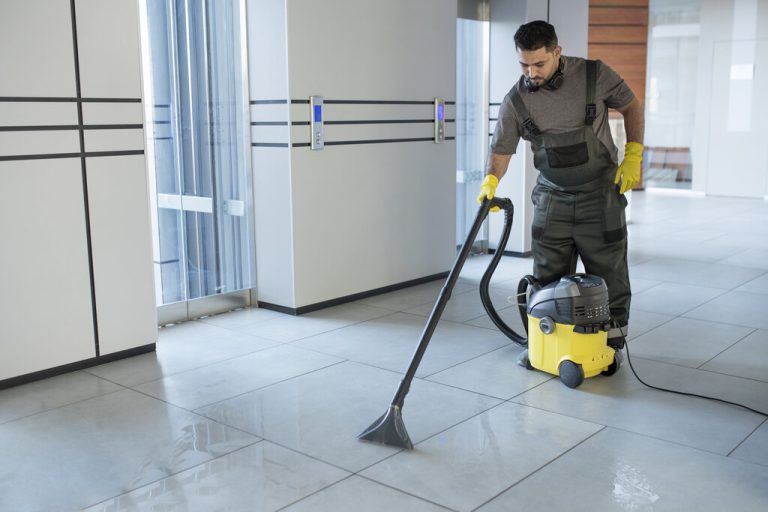What is Induction Hob?
An induction hob is a type of cooking surface that uses a magnetic circuit to directly heat the cookware. It does not have a heating element like a gas or electric stove, instead, it relies on magnetic induction to heat the cookware placed on it.
Why is Induction Hob Popular?
They are popular in modern kitchens because compared to traditional gas or electric stove, induction hobs are more energy-efficient as they transfer heat directly to cooking appliances. Induction hobs are also safer as the hob surface itself does not get hot, thus reducing the risk of burns or fires. In addition, people like the appearance of induction hobs that are sleek and modern, with a smooth glass surface that looks stylish and elegant.
Induction Hob Cleaning
Like any other kitchen appliance, an induction hob needs regular cleaning, too. As with any cooking surface, food particles and grease can build up on an induction hob over time. If left uncleaned, these residues can become baked-on and difficult to remove. In addition to that, a dirty induction hob can affect its ability to transfer heat efficiently to the cookware.
Luckily, cleaning an induction hob is a relatively easy DIY project. However, the glass surface on top of an induction hob is notoriously prone to scratches and scuffs, so make sure you clean gently and only use non-abrasive cleaning supplies.
Gather your cleaning supplies
Before starting to clean induction hob, you must first gather your supplies. Just remember to always use non-aggressive and non-abrasive cleaning supplies as they can cause fine scratches and damage to the glass surface. Do not use steel wool or scouring pad to clean, instead use a soft cloth like a microfibre cloth to clean hob.
Here is the list of things you need to clean an induction hob:
- Clean microfibre cloth.
- A mild detergent or soap
- Kitchen paper towels
- White Vinegar
- Baking soda
- Plastic scraper or ceramic scraper
- A small bowl
- A spray bottle
- A specialized induction hob cleaner
How to clean induction hob using white vinegar and baking soda?
If you decided to use a non-abrasive homemade solution to clean your induction hob, you can start by mixing one part white vinegar and one part baking soda in a small bowl until a paste is created. Make sure your induction hob is turned off and completely cool. Then, apply the solution to your induction hob and leave it for around 30 – 45 minutes.
Wipe away the cleaning paste using a damp soapy microfibre cloth. Dry it off with some paper towels. Once cleaned, splash some white vinegar on a damp cloth and wipe the hob surface to make it look shiny.
How to clean an induction hob using a specialized induction hob cleaner
If you are in a hurry and don’t have time to create your own hob cleaner solution, you can easily buy a specialized induction hob cleaner from the store. Some manufacturers offer specialized cleaning products in a spray bottle designed specifically for induction hobs which can effectively remove stubborn stains or residue and it is very easy to use, too. Just be cautious to only use a cleaning product that isn’t abrasive, with a specialized creamy, non-scratch formula that will effectively work on stubborn grime and dirt without damaging the hob surface.
To use a specialized induction hob cleaner, simply spray the solution onto your induction hob. Make sure you cover all areas. Let the solution sits for a few minutes then gently scrub using a clean, soft microfibre cloth. Be careful not to use too much pressure, as this can scratch the glass surface. Then, dry with a clean, dry soft cloth.
How to keep your induction hob looking good?
Daily cleaning of your induction hob is the answer. Make it a habit to clean an induction hob after every time you use it. Always clean spills using a damp soft cloth. You don’t need any special solution for daily cleaning. Simply spray a warm, soapy water solution onto the hob and wipe using a clean microfibre cloth.
Another tip to make sure your induction hob stays looking good is to avoid using cooking vessels that are rough on the bottom as they can damage the glass top. Instead, use smooth-bottomed pots and pans and avoid dragging pans over the surface when you’re cooking to avoid scratches.
How to remove grease, burnt-on food, food stains and burnt-on marks from an induction hob?
First, remove any burnt on food or burnt on marks from your induction hob using a ceramic hob scraper or plastic scraper. These scrapers are designed to remove tough stains without scratching the glass top. Hold the scraper at a 45-degree angle and gently scrape away the spilt food, grime and dirt.
Then spray white vinegar liberally on the hob and sprinkle with baking soda. This will create a fizz that lifts up and breakdowns the grime. Leave the solution to sit for at least 15 minutes. Rinse the hob with warm water using micfrofibre cloth and dry it with a clean, dry soft cloth or towel.
How to remove extra stubborn stains from an induction hob?
For extra stubborn stains, try using a non-abrasive cream cleanser specifically designed for glass cooktops. Apply the cleanser to the stain and let it sit for a few minutes. Gently scrub the stain with a non-abrasive scrubbing pad, then rinse the hob with damp cloth and dry it with a clean, dry cloth or towel.
Can I use glass cleaner to clean an induction hob?
It is not recommended to use glass cleaner on an induction hob as it can leave a residue on the glass surface and affect the hob’s performance. Most glass cleaners contain chemicals that can damage the hob’s glass top or leave behind a residue that interferes with the magnetic field required for induction cooking.
It is best to use a specialized cleaner or a mixture of equal parts white vinegar and water to clean an induction hob. These solutions are safe to use and effective at removing grease, stains, and other marks from the hob’s surface without damaging it.











